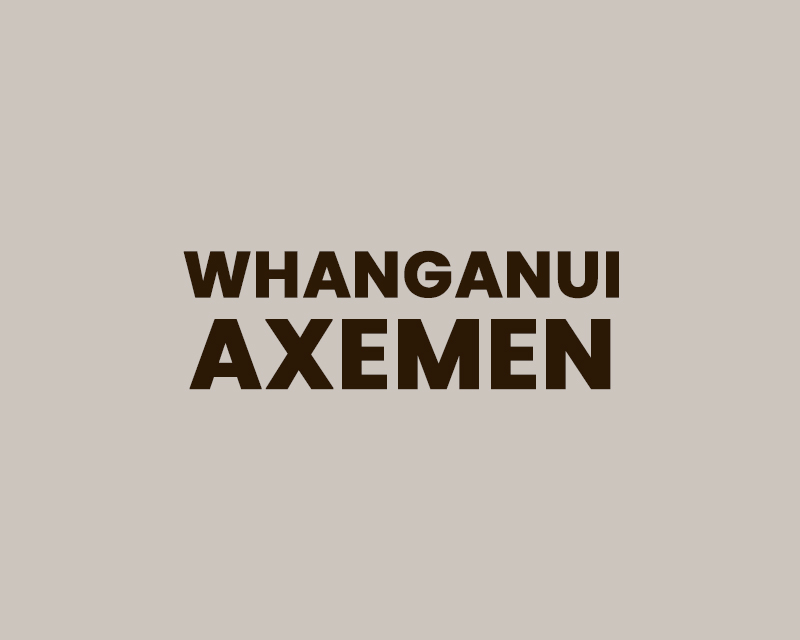
May 2023 Market Update
Marcus Musson, Forest360 Director
Opinion Piece
As we bid farewell to the NZ summer, we also wave goodbye to what we thought earlier in the year would be a reasonable period of solid log pricing from our export markets. May has seen export A-Grade prices drop to the early $100’s/m3 from the mid 120’s in April and the mid $140’s in March. Although the April reduction was on the cards, May was completely out of the blue. Our reasoning for the initial expectation of reasonable returns for this period, were based on the low level of inventory in the Chinese market, compared to this point in time in previous years, which, would usually point towards upward price pressure. However, May numbers have resulted in a Meka Whaitiri style departure from expectation and caught us all on the proverbial Hipkins backfoot.
While we used to be able to operate at these lower price points a few years ago, continued inflation pressure has effectively added around 15% to the cost of production; resulting in forests located a distance from ports currently at, or below, break-even.
The inflation debate is interesting when looked at in context of our largest export market – China. If you take the NZ inflation rate of 7.3% for 2022 and the forecast rate in the mid 6% range for 2023, we have a total increase of around 13.5% over the past 18 months. This is compared to China at 0.9% for 2022 and a forecast of 0.98% for 2023. Quick math shows a gap of around 12% between our production costs and the theoretical increase in revenue from our largest trading partner. This would be a different story if NZ radiata was purchased by China and manufactured into products that are sold to other countries with similarly high inflation. However, as the majority of NZ radiata is used in domestic Chinese construction, the ability to on-sell products at higher prices are very limited.
Although inflation figures do not include house price stats, there is a reasonable correlation between inflation and house prices. That said, average new house prices in China dropped 0.8% year on year to March 2023 across seventy of the major cities, the 11th straight month of decreases. That makes the gap between our production costs and the markets’ ability to pay increased prices for commodities even greater. The average house price reduction has been a concern for Beijing for a while and various stimulus packages have been implemented by the Chinese government in an effort to avert the decline, but to date has made little effect, if any.
What is apparent, is that Chinese log demand has reduced significantly from 2021 levels. We are looking at a demand profile similar to 2022, down 25% on 2021 and remembering 2022 demand was hampered by full covid lock down mode in China. If we look at the graph, it is not hard to see what pricing is going to look like based on history. This is simple supply and demand 101 with the market reaction to increased supply or decreased demand being reduced prices. So, in the face of subdued demand, the solution is to reduce supply.
This supply reduction has been happening slowly with the aftereffects of the Cyclones and continued wet weather in many areas affecting production levels. Chinese buyers seem to have an expectation that the 3 million tonnes of wind damaged forest in the Taupo region will hit the market quickly and some of the downward price pressure is likely due to this sentiment. However, the reality is that only a portion of this volume will be salvaged before decay sets in, and the lack of trucking capacity is keeping the brakes on supply levels from affected forests.
Long term, there is a consistent view that Chinese demand will not be what it was and therefore NZ supply needs to reduce, permanently. Short term, the current price structure will see many harvest operations stop and as a result harvest contractors will be out of work. Continued cost pressures, covid lockdowns, cyclones and multiple market corrections have put considerable strain on the equity of many of these harvesting businesses and a quick scan of logging gear on Trade Me shows how many are exiting the system.
This highlights the need for a more sustainable NZ domestic log market to reduce the reliance on exports to support our available harvest production levels. A recent article by Marty Verry, CEO of Red Stag Timber, outlined the need for a change in government policy settings around the ability of wood processors to account for the carbon stored within products that they produce. The Government has recently announced a $57M fund to support domestic processing. However, as Marty points out, there is no issue with finding capital for a sound business case. Rather, the playing field needs to be levelled with competing markets’ production costs, and the ability of processors to account for carbon within their products goes a long way towards this.
There is evidence of a reasonable increase in China’s domestic forest harvesting, which has historically provided logs around $US20/m3 cheaper than NZ radiata, hinting at a switch to lesser reliance on imported wood fibre. Should China decide to nationalize Taiwan, which some would say is just a matter of time, the ensuing trade sanctions would have huge ramifications for all NZ primary industries and basically stop NZ in its tracks. That may be a scary thought, but as time goes on it is becoming more of a reality that China is becoming more self-sufficient and as such the need for a sustainable and profitable NZ domestic processing sector is vital.
So, if you are sitting on the harvesting fence waiting for A-Grade to reach $150/m3 before the go button on your retirement investment, you might be waiting a while so make sure that fence is comfortable. However, as history is a reasonable predictor of the future, one would expect we have hit the bottom of the cycle and prices should increase quickly, but probably not to the levels of mid-2021. Shipping cost is low, Chinese inventory is low, Forex is stable, and supply is reducing so the rebound could be swift; but it likely won’t be through increased demand.













